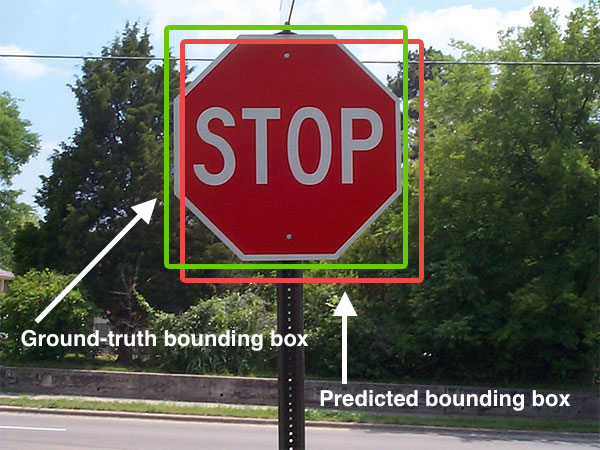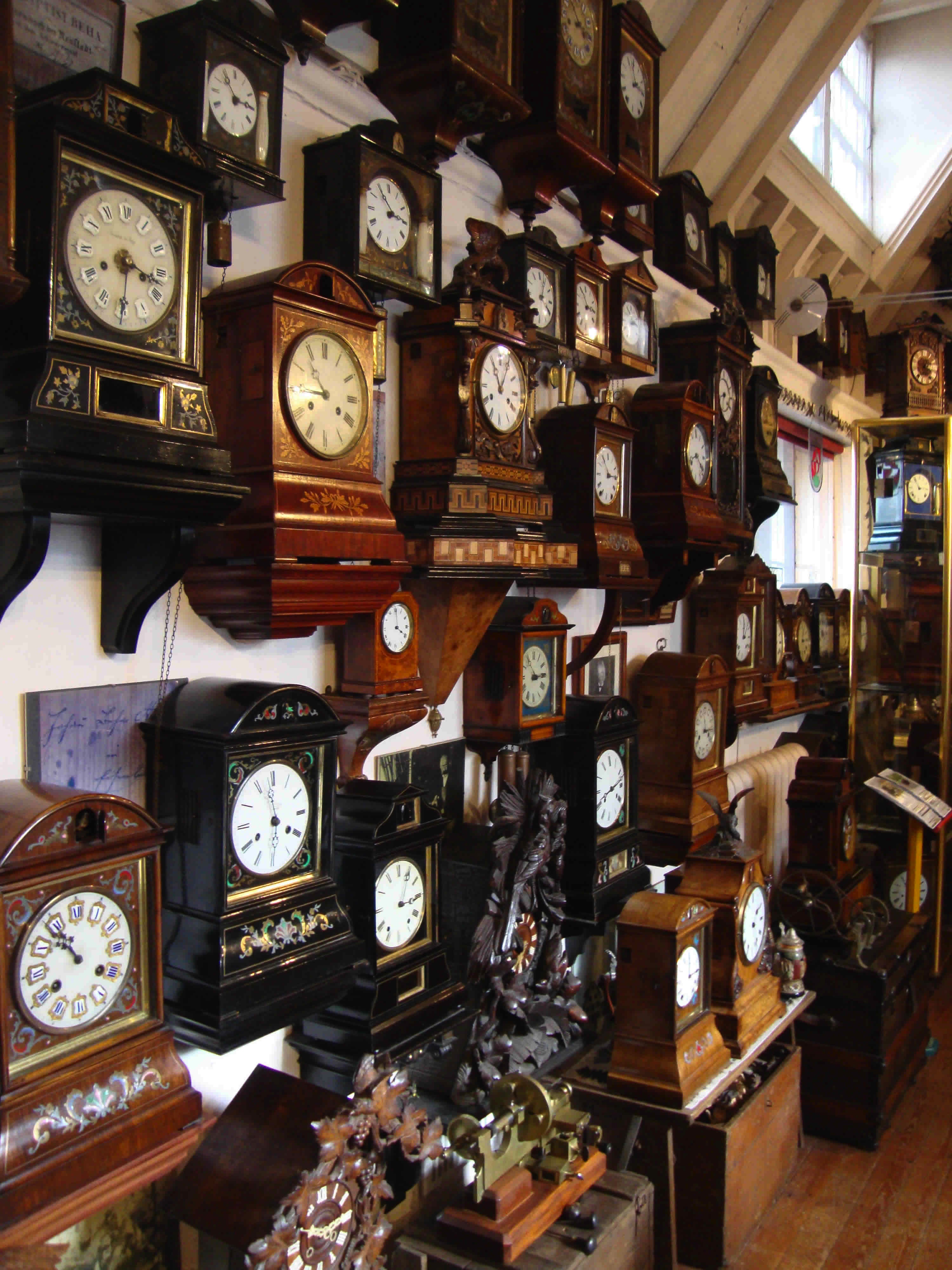|
Musée Imaginaire
A musée imaginaire or imaginary museum is a collection of works of art that a person holds as essential or favourite, so that given the opportunity he or she would bring them together in a single ideal museum. The term is closely associated with André Malraux's ''Musée imaginaire'', an essay from 1947 in which the principle it refers to is dramatised. Malraux organized an actual imaginary museum exhibition at the Fondation Maeght in 1973. To his own admission, "" () Despite that, he believed that the "birth" of the imaginary museum and the one of contemporary art were intertwined phenomenon. Other personalities have since made their own selection known, such as Michel Butor in ''Le Musée imaginaire de Michel Butor'', published in 2015 and republished in 2019. More recently, Nicolas Malevé has compared the scale of Malraux's ''Musée imaginaire'' to that of datasets for training computer vision, such as ImageNet. As Douglas Crimp John Douglas Crimp (August 19, 1944 July 5 ... [...More Info...] [...Related Items...] OR: [Wikipedia] [Google] [Baidu] |
André Malraux
Georges André Malraux ( ; ; 3 November 1901 – 23 November 1976) was a French novelist, art theorist, and minister of cultural affairs. Malraux's novel ''La Condition Humaine'' (''Man's Fate'') (1933) won the Prix Goncourt. He was appointed by President Charles de Gaulle as information minister (1945–46) and subsequently as France's first cultural affairs minister during de Gaulle's presidency (1959–1969). Early years Malraux was born in Paris in 1901, the son of Fernand-Georges Malraux (1875–1930) and Berthe Félicie Lamy (1877–1932). His parents separated in 1905 and eventually divorced. There are suggestions that Malraux's paternal grandfather committed suicide in 1909."Biographie détaillée" , André Malraux Website, accessed 3 September 2010 Malraux was raised by his mother, his mate ... [...More Info...] [...Related Items...] OR: [Wikipedia] [Google] [Baidu] |
Fondation Maeght
The Maeght Foundation or Fondation Maeght () is a museum of modern art on the ''Colline des Gardettes'', a hill overlooking Saint-Paul de Vence in the southeast of France about from Nice. It was established by Marguerite and Aimé Maeght in 1964 and houses paintings, sculptures, collages, ceramics and all forms of modern art. Fraser, C. Gerald (7 Sep 1981)Aimé Maeght Dies; Art Dealer Was 75''The New York Times''. The collection includes works by many important 20th-century artists including Jean Arp, Pierre Bonnard, Georges Braque, Alexander Calder, Marc Chagall, Sam Francis, Alberto Giacometti, Wassily Kandinsky, Ellsworth Kelly, Fernand Léger, Anne Madden and Joan Miró among others. The building was designed by the Spanish architect Josep Lluís Sert, houses more than 12,000 pieces of art and attracts "on average, 200,000 visitors ... every year". There is a small chapel dedicated to Saint Bernard, in memory of Bernard, the son of Aimé and Marguerite Maeght wh ... [...More Info...] [...Related Items...] OR: [Wikipedia] [Google] [Baidu] |
Michel Butor
Michel Butor (; 14 September 1926 – 24 August 2016) was a French poet, novelist, teacher, essayist, art critic and translator. Life and work Michel Marie François Butor was born in Mons-en-Barœul, a suburb of Lille, the third of seven children. His parents were Émile Butor (1891–1960), a railroad inspector and Anna ( Brajeux, 1896–1972). He studied philosophy at the Sorbonne, graduating in 1947. In 1950–51, he taught French in Minya, Egypt, followed by teaching assignments in Manchester (1951–53), Thessaloniki (1954–55) and Geneva (1956–57). In 1958, he married Marie-Josèphe (née Mas); they had four daughters. His first novel, ''Passage de Milan'', was published in 1954, followed by ''L'Emploi du temps'' (1956), which won the Prix Fénéon, and by '' La Modification'' in 1957, which won the Prix Renaudot. His final novel, ''Degrés'', was published in 1960. In 1960, he was a visiting professor at Bryn Mawr College and Middlebury College. His travels ar ... [...More Info...] [...Related Items...] OR: [Wikipedia] [Google] [Baidu] |
Computer Vision
Computer vision tasks include methods for image sensor, acquiring, Image processing, processing, Image analysis, analyzing, and understanding digital images, and extraction of high-dimensional data from the real world in order to produce numerical or symbolic information, e.g. in the form of decisions. "Understanding" in this context signifies the transformation of visual images (the input to the retina) into descriptions of the world that make sense to thought processes and can elicit appropriate action. This image understanding can be seen as the disentangling of symbolic information from image data using models constructed with the aid of geometry, physics, statistics, and learning theory. The scientific discipline of computer vision is concerned with the theory behind artificial systems that extract information from images. Image data can take many forms, such as video sequences, views from multiple cameras, multi-dimensional data from a 3D scanning, 3D scanner, 3D point clouds ... [...More Info...] [...Related Items...] OR: [Wikipedia] [Google] [Baidu] |
ImageNet
The ImageNet project is a large visual database designed for use in Outline of object recognition, visual object recognition software research. More than 14 million images have been hand-annotated by the project to indicate what objects are pictured and in at least one million of the images, bounding boxes are also provided. ImageNet contains more than 20,000 categories, with a typical category, such as "balloon" or "strawberry", consisting of several hundred images. The database of annotations of third-party image URLs is freely available directly from ImageNet, though the actual images are not owned by ImageNet. Since 2010, the ImageNet project runs an annual software contest, the ImageNet Large Scale Visual Recognition Challenge (#History_of_the_ImageNet_challenge, ILSVRC), where software programs compete to correctly classify and detect objects and scenes. The challenge uses a "trimmed" list of one thousand non-overlapping classes. History AI researcher Fei-Fei Li began working ... [...More Info...] [...Related Items...] OR: [Wikipedia] [Google] [Baidu] |
Douglas Crimp
John Douglas Crimp (August 19, 1944 July 5, 2019) was an American art historian, critic, curator, and AIDS activist. He was known for his scholarly contributions to the fields of postmodern theories and art, institutional critique, dance, film, queer theory, and feminist theory. His writings are marked by a conviction to merge the often disjunctive worlds of politics, art, and academia. From 1977 to 1990, he was the managing editor of the journal ''October''. Before his death, Crimp was Fanny Knapp Allen Professor of Art History and professor of Visual and Cultural Studies at the University of Rochester. Early life and education Born to Doris and John Carter Crimp and raised in Coeur d'Alene, Idaho, Crimp went to Tulane University in New Orleans on a scholarship to study art history. His career started after moving to New York City in 1967, where he worked as a curatorial assistant at the Solomon R. Guggenheim Museum and as an art critic, writing for '' Art News'' and '' Art ... [...More Info...] [...Related Items...] OR: [Wikipedia] [Google] [Baidu] |
Musée Imaginaire Of Mihail Chemiakin
Mihail Chemiakin's Musée Imaginaire is a research project of the artist Mihail Chemiakin, who considered the history of art from the point of view of the transformation of images. The basis of the research methodology is the interpretation and systematization of visual images. The studies are presented in the form of sheets with images pasted on them, grouped according to the principle of visual commonality, be it thematic, stylistic, figurative, or iconographic. ''Musée Imaginaire'' Mihail Chemiakin's project was partially inspired by an essay by Andre Malraux, who first formulated the concept of "Musée Imaginaire". He suggested comparing works of art from different cultures and eras in order to analyze the change in the image or, as Malraux writes, ''metamorphoses''. In addition, he suggested that each person create his own personal museum, selecting works without relying on the opinion and limited choice of large institutions. This became possible thanks to the mass d ... [...More Info...] [...Related Items...] OR: [Wikipedia] [Google] [Baidu] |
Art Collections
A museum is distinguished by a collection of often unique objects that forms the core of its activities for exhibitions, education, research, etc. This differentiates it from an archive or library, where the contents may be more paper-based, replaceable and less exhibition oriented, or a private collection of art formed by an individual, family or institution that may grant no public access. A museum normally has a collecting policy for new acquisitions, so only objects in certain categories and of a certain quality are accepted into the collection. The process by which an object is formally included in the collection is called ''accessioning'' and each object is given a unique accession number. Museum collections, and archives in general, are normally catalogued in a collection catalogue, traditionally in a card index, but nowadays in a computerized database. Transferring collection catalogues onto computer-based media is a major undertaking for most museums. All new acquisiti ... [...More Info...] [...Related Items...] OR: [Wikipedia] [Google] [Baidu] |



